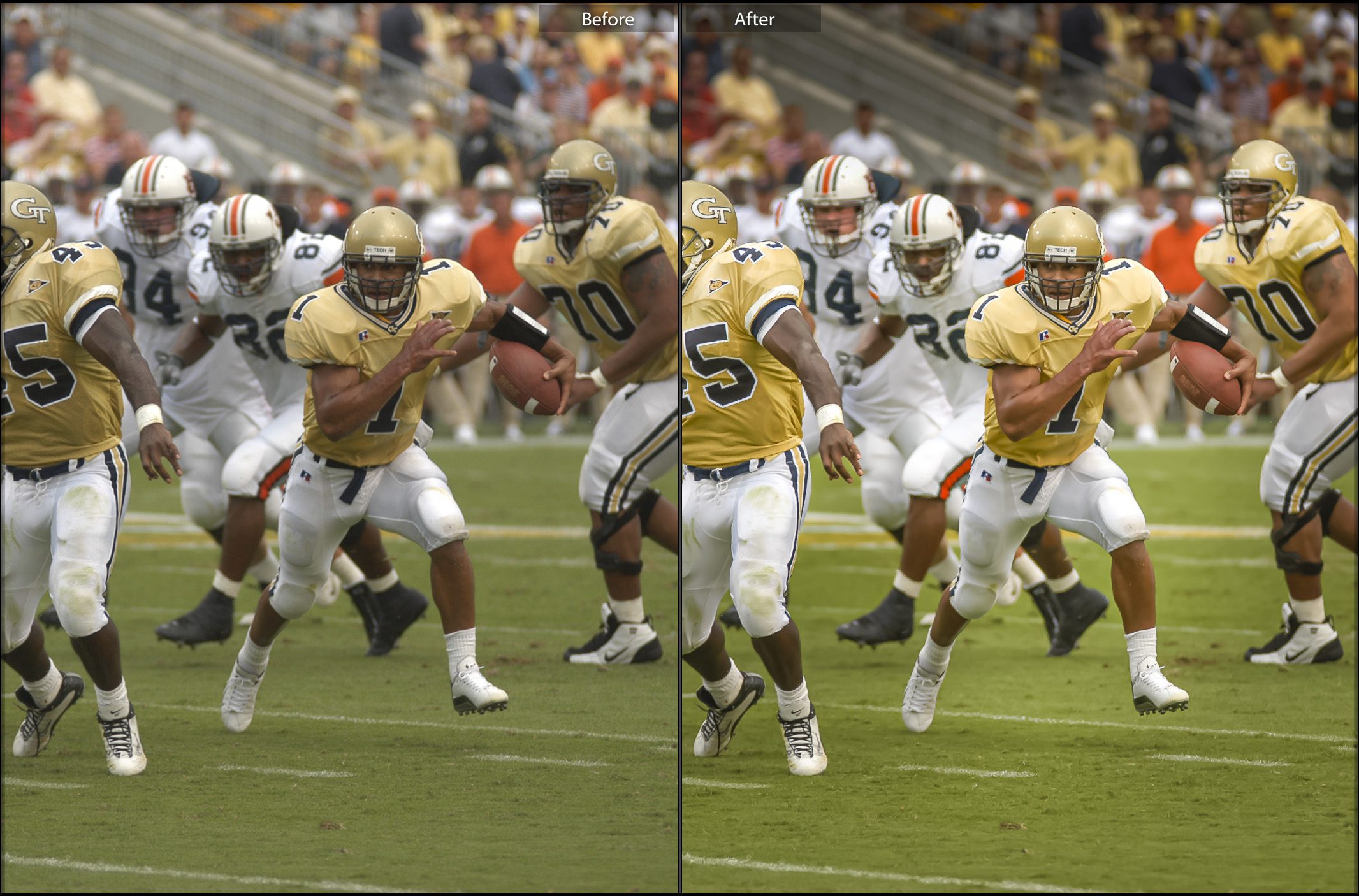This is the side-by-side view in Adobe Lightroom of a photo I took on September 6, 2003.
Auburn (No. 19 ESPN/USA Today, No. 17 AP) has quickly established itself as the nation’s most disappointing team, losing its second in a row Saturday when Georgia Tech pulled off a 17-3 upset behind freshman quarterback Reggie Ball and a ferocious defense.
ESPN
Here is the photo as I delivered it to my client in 2003:
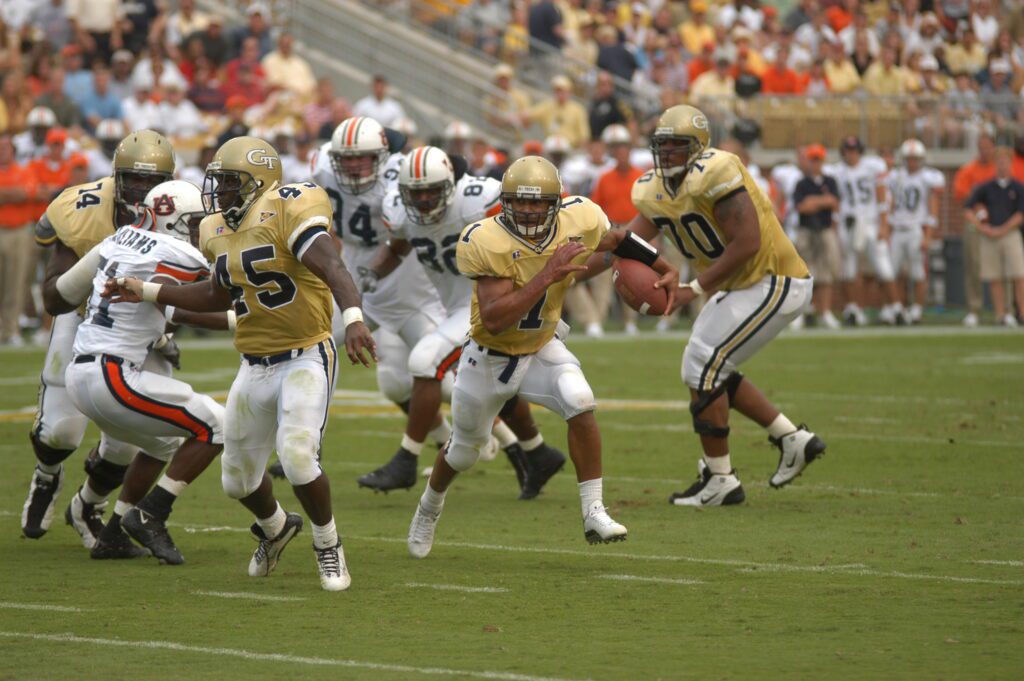
I was still pretty new, not even one year shooting digital when I took this photo. I would shoot only JPEGs and treat the process just like I had been shooting transparencies in the past.
Had I shot RAW I could have improved the photo even more. Here is what I ended up with after some editing in Adobe Lightroom.
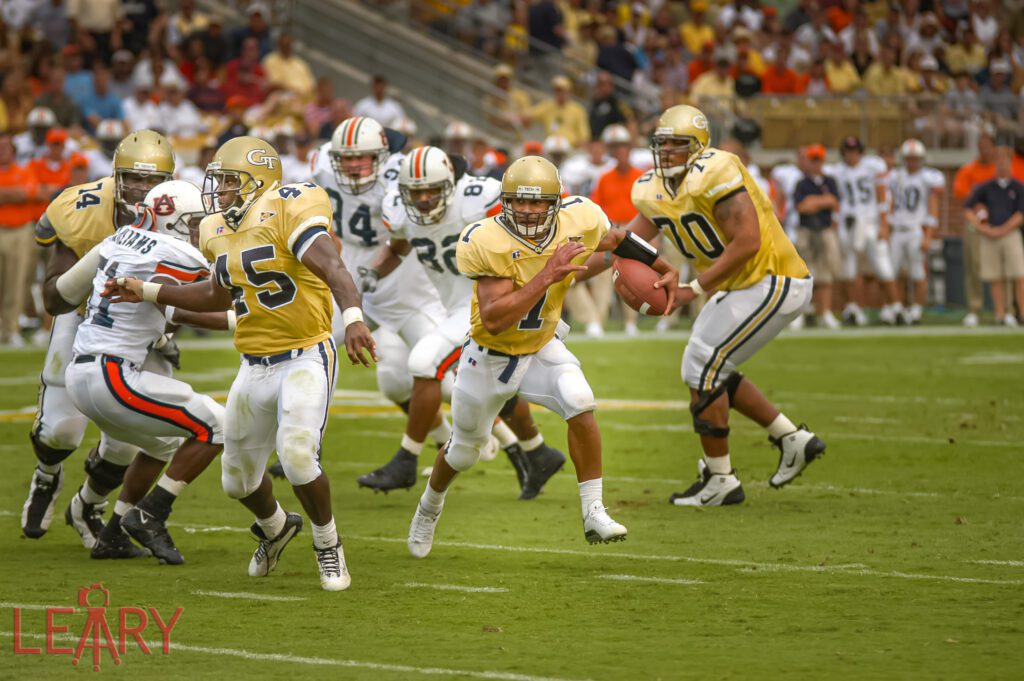
Frankly, I was surprised by how nice the image was with my Nikon D100, which was a CCD sensor camera. Today my Nikon D5 and Nikon Z6 cameras both have CMOS sensors. While the ISO range was 200 – 1600, almost no one would shoot much above ISO 1600.
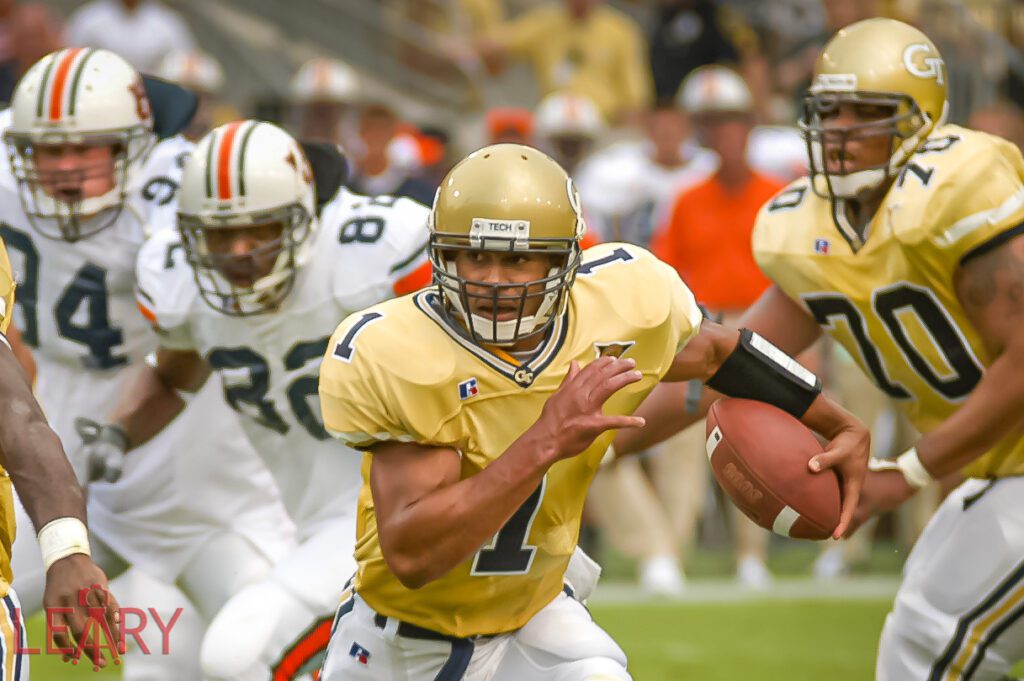
Here I zoomed in a little for you. Not bad for technical quality. Since this was one of my first games with the NIKON D100, I started shooting at a shutter speed of 1/500. I quickly realized I needed to be higher and in this photo shoot at 1/1250.
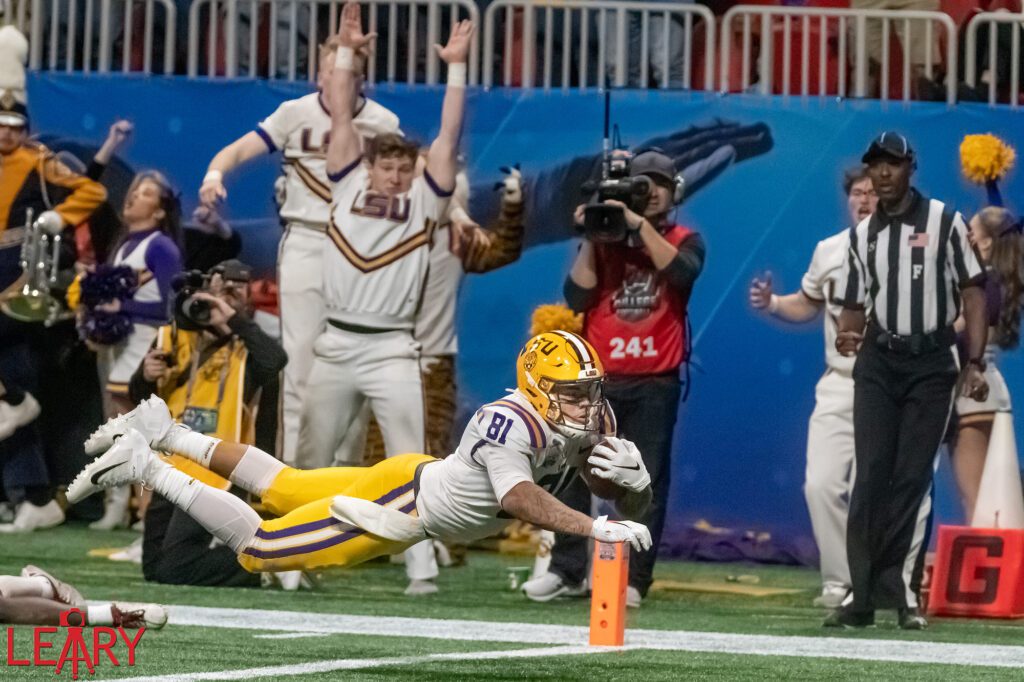
Today I am shooting football games inside at ISO 25600 with shutter speeds of 1/4000. There have been major improvements from my first Nikon D100 to my Nikon D5 and my Nikon Z6.
Here is that photo a little closer.
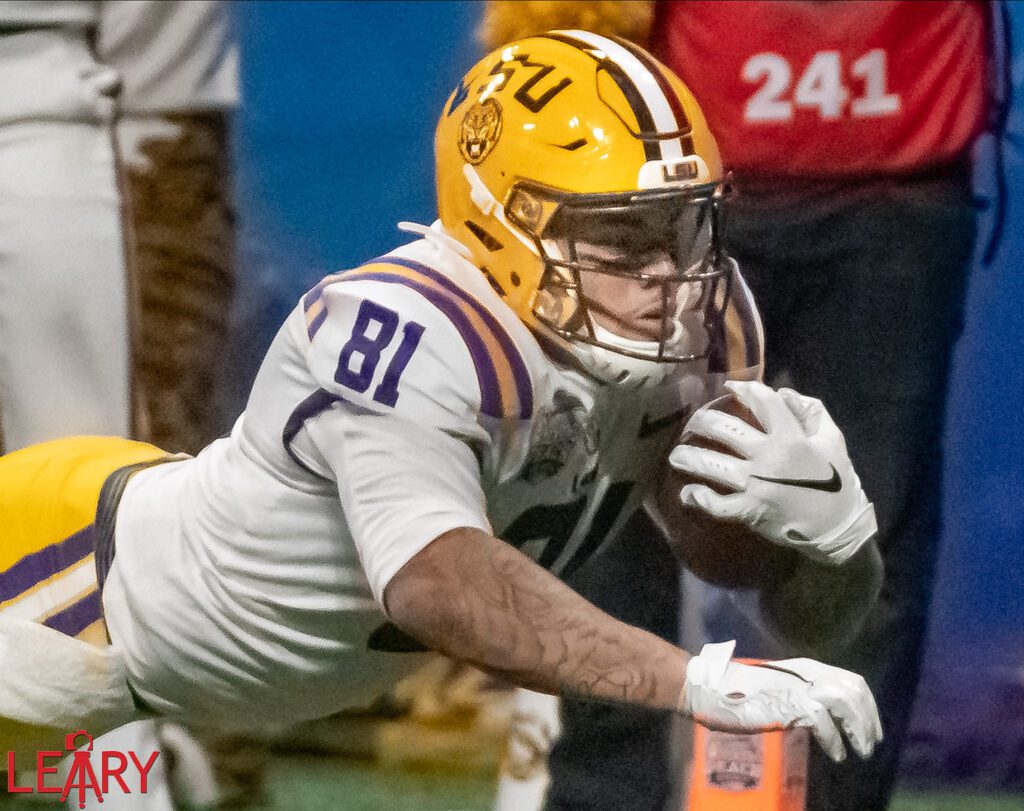
Here is another before and after image.
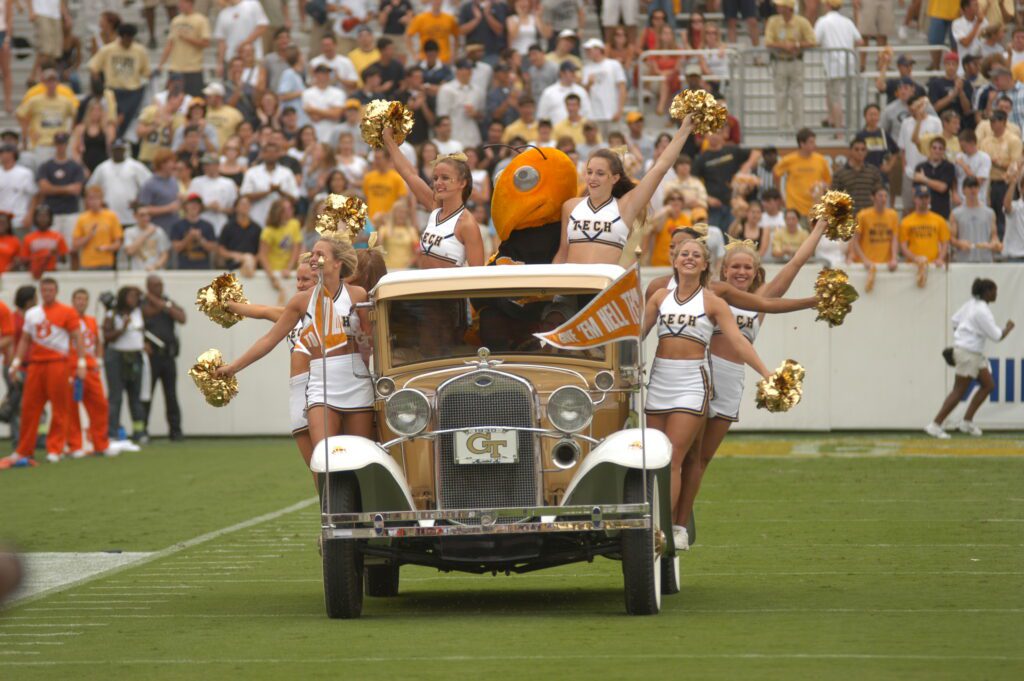
This is how I turned this photo in back in 2003.
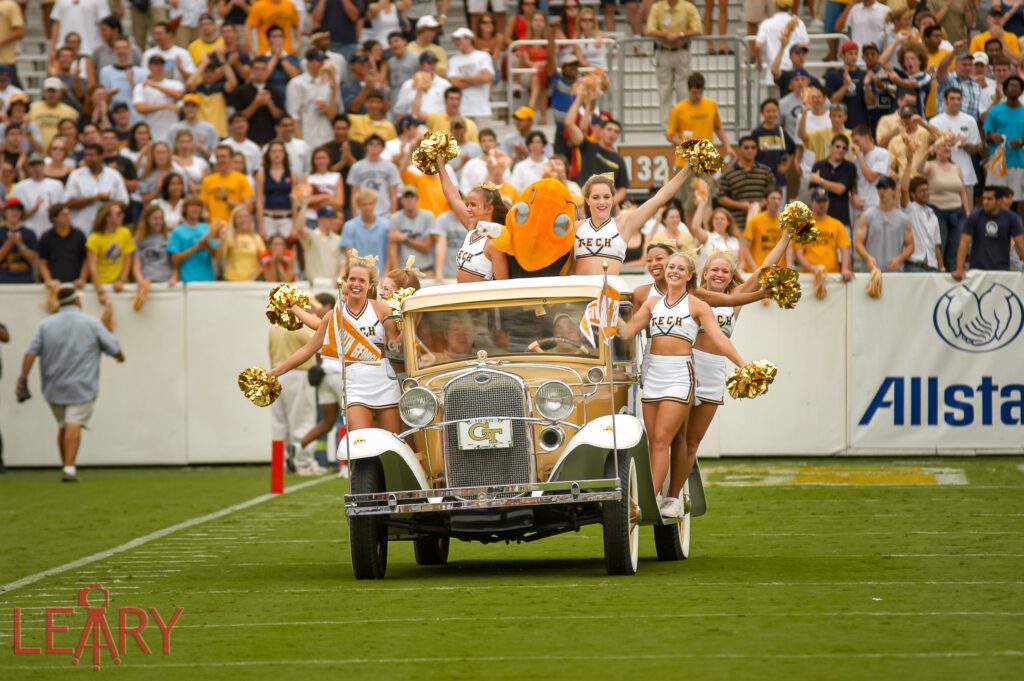
Here the photo has been run through Adobe Lightroom and due to a few improvements in the software since 2003 I can give a client a better image with the same camera.
Summary
- SOFTWARE – If you have photos from many years ago, with today’s software like Adobe PhotoShop and Adobe Lightroom you can most likely get much better images than you did way back when you first shot it by just editing it with the newer software.
- RAW vs JPEG – I cannot recommend enough that shooting RAW will give you more flexibility in editing. The biggest difference I know that I see is in the color. In RAW you can still change the color temperature after you shot the image with everything that the camera sensor was seeing. With JPEG a lot of that color information is lost.
- CAMERA – upgrading more often than every two years seems extreme to me. I mean, these are not cheap $100 P+S models here; we are talking about $2,000+ cameras. We may be professionals, but even for someone making their living from photography, that is a lot of money to be spending every other year.
When to upgrade your camera
- If you have a 16+ megapixel camera the only reason to upgrade beyond this is if you like to crop a great deal or you are going to make HUGE prints bigger than 30″.
- ISO – This has been one of my biggest reasons in the past to upgrade. Going from my Nikon D2Xs to Nikon D3 was huge. I went from ISO 100 – 800 to ISO 200 – 6400. That was the single biggest jump in significant game changer in my career with a camera. I had never shot any useable color images above ISO 800. I was getting awesome images at ISO 6400.
- Motor Drive – With fast-moving things like sports a 11 fps can make a big difference in getting that image.
- Shutter Lag – Early on with digital pushing the shutter didn’t give you instantaneous results. Cameras in the last few years are incredible.
- Auto Focus – Through the years this has been a major jump.
There are other new functions you might consider. Video settings are vastly better today. You can always order a camera and test it for 30 days and send it back. You pay a stocking fee, but you get to test it to see if it is worth the upgrade.

